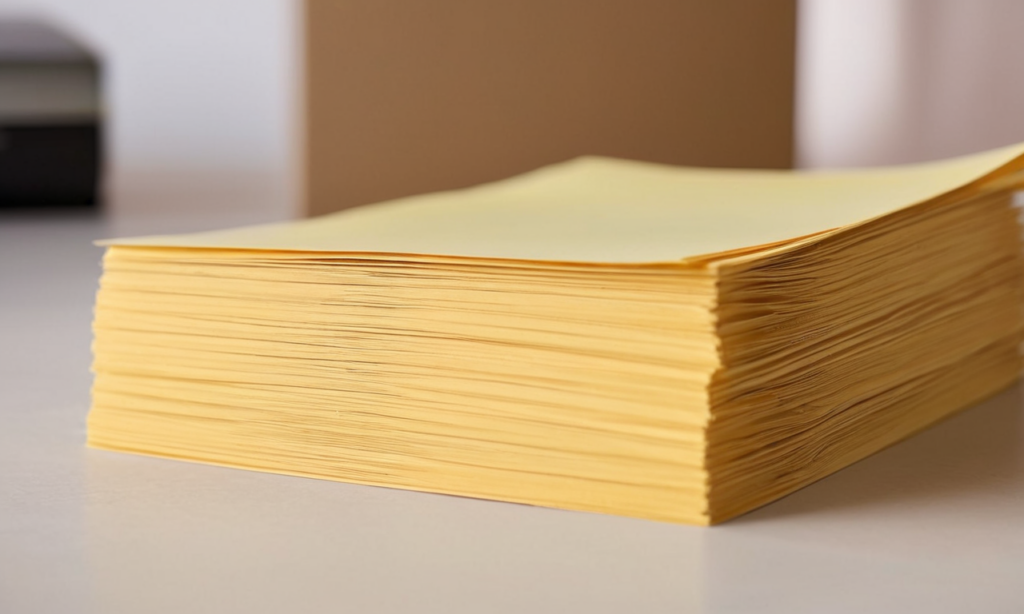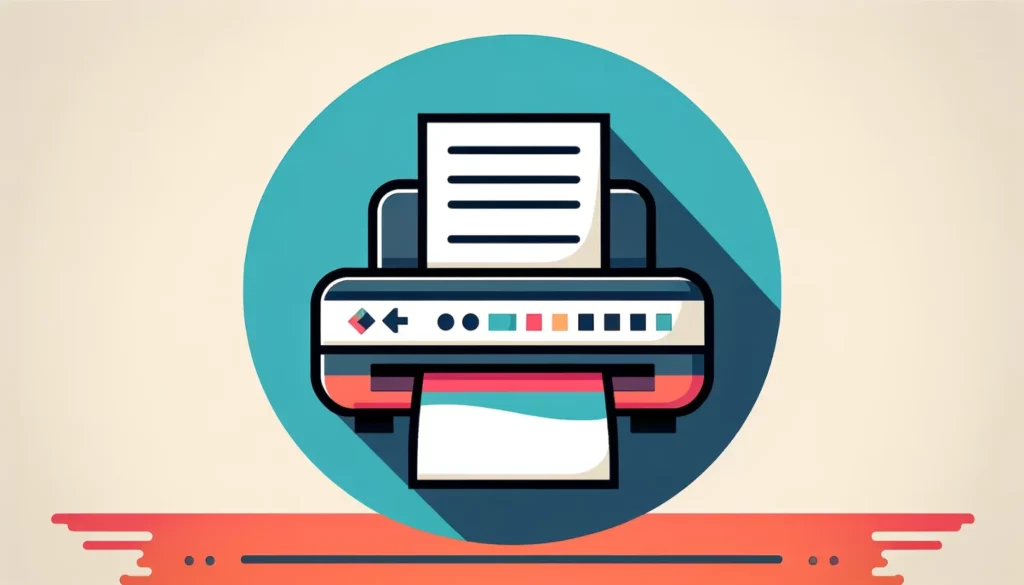If you’re just starting out in the print-on-demand (POD) scene, choosing the right platform can make all the difference. Places that have a low barrier to entry are important for obvious reasons and I fully believe that you should stick to those when entering this niche as a beginner.
With Threadless, Redbubble, Zazzle, and Teepublic, you’re looking at four fantastic options (in my opinion) that stand out for their low barriers to entry and virtually no startup costs.
Here’s a quick glance at each:
- Threadless is all about empowering artists through community voting and artist shops where you control your profits.
- Redbubble offers a vast product range, making it easy to apply your designs to anything from stickers to duvet covers.
- Zazzle brings customization to the forefront, allowing customers to tweak designs to their liking on a myriad of products.
- Teepublic mirrors Redbubble’s artist-friendly approach, with a broad array of items ready for your creative touch.
Why I Choose These Sites Over Bigger Markets Like Etsy or Amazon
One of the main advantages of starting with platforms like Threadless, Redbubble, Zazzle, and Teepublic is their streamlined process for artists and designers.
Unlike Etsy, which requires sellers to manage inventory and handle shipping, these platforms take care of all the logistics. This setup is ideal for beginners because it lets you focus on what you do best: creating art.
You don’t have to worry about the complexities of product management or the logistics of shipping. Instead, you can simply upload your artwork, choose how it looks on various products, and let the platform do the rest.
On the other hand, Amazon’s print-on-demand service offers a vast audience and the credibility of a global brand. However, it’s generally more suited to sellers with an established brand.
Amazon is known for its stringent policies, including the swift closure of shops that don’t comply with their rules. This environment can be challenging for beginners, who are still learning the ropes and might make mistakes that could lead to their shop being shut down.
The risk of being permanently barred from selling on Amazon is a significant consideration, making it a less favorable option for those just starting out.
In contrast, Threadless, Redbubble, Zazzle, and Teepublic provide a more forgiving and supportive environment for beginners.
They offer the freedom to experiment with your designs and sales strategies without the pressure of inventory management or the fear of harsh penalties for minor missteps. This makes them an excellent starting point for artists and designers looking to explore the potential of their work in the online marketplace.
Gaining Traffic To Your Artworks On POD Marketplaces
There’s an important piece of the puzzle that many beginners overlook: merely uploading your artwork won’t instantly attract buyers.
I’ve learned this firsthand.
Despite the ease of getting started on these platforms, I faced the challenge of driving traffic to my listings.
Sitting back and hoping for sales didn’t work out as expected.
And it won’t with any print-on-demand marketplace.
However, that tends to be where most people give up and I’ve got a solution that has worked wonders for me.
The secret is using Pinterest for promoting your POD products.
That sounds too simple to be true, but it really works.
Unlike other social media, Pinterest acts like an image search engine, ideal for showcasing and discovering visual content.
By cross-posting my designs there, and then creating additional Pinterest pins of the art using AI tools, I significantly increased visibility for my listings.
And by using Pinterest, I don’t mean upload one image of your design and link to your shop. Create variations of your pins for a single artwork, I’ve made upwards of 20 different pins to promote a single artwork before. That is where the AI tool I linked above comes in handy. You can use it for generating variations and design tweaks to your art and further enhance it with tools like Ideogram.ai.
By altering backgrounds or making pins that showcase your design on various physical products, you are creating content that Pinterest is looking for, and they will reward you. Better than any other social media I’ve found thus far.
This approach not only showcases the versatility of a design but also taps into diverse Pinterest searches, driving targeted traffic back to my POD listings.
And while the strategy of creating multiple pins for a single artwork, leveraging different backgrounds, and displaying products in lifestyle shots, effectively broadened my reach, I also had to be careful that I wasn’t linking out to external websites with every single pin I posted.. Pinterest will pick up on blatant spamming of your links and so I would upload with a ratio of about 5 pins that link out somewhere to about 15 pins that contained no links.
I do feel that last part is important to keep in mind.
This experience highlighted a crucial lesson: success in the POD market requires more than just uploading your designs. It demands an active role in marketing your work, with Pinterest emerging as a key channel for amplifying visibility and attracting potential buyers to Threadless, Redbubble, Zazzle, and Teepublic listings.
Keep this in mind, and you’ll be a step ahead of everyone else in the game.
Further Reading
For more information on getting started in print on demand, check out some of my other relevant blog posts:
- 6 Sublimation Tips For Beginners
- Generative AI and Image Diffusion Introduction for Beginners
- Understanding Paper Types and Their Impact on Print Quality
- The Best Fabrics for Sublimation Printing
- Complete Guide to Sublimation Printing For Beginners
Hi, I’m Carmine, the guy behind Helpful Tiger. Tired of crappy search results? Me too. That’s why I started this website. It’s a one-stop shop for simple tutorials and guides on a little bit of everything. Have questions? Reach out, and I’ll do my best to help!



